Rajshahi, July 18 (V7N) – With the recent rise in water levels of the Padma River over the past week, residents of the isolated char (river island) areas in Rajshahi’s Bagha upazila are gripped by fear of renewed flooding and erosion. At the same time, local fishermen have become increasingly active, casting nets to take advantage of the fresh influx of river water.
The char regions of Bagha, separated from the mainland and vulnerable to natural calamities, are home to some of the most marginalized and erosion-affected communities. Many of these residents are landless and live in either temporary or semi-permanent settlements, constantly battling the river’s unpredictable currents. Despite the looming danger, people continue to live there, driven by necessity and limited alternatives.
During monsoon and flood seasons, the low-lying chars become virtually uninhabitable due to rising water levels. Yet, residents—who rely heavily on seasonal agriculture and fishing—risk their lives to remain in these regions. With the rise in river water, fishing activity has visibly increased as many people now depend on it for survival due to the lack of agricultural work during the rainy season.
Bagha upazila contains at least 15 char areas, with a majority of the population being poor, landless laborers. These communities face dual threats: regular river erosion and the absence of basic services such as education, healthcare, and disaster shelters. Some chars have become permanent settlements over time, while others still consist of makeshift homes prone to destruction during seasonal flooding.
Infrastructure development in these areas is slow, mainly because the influential individuals who claim ownership of government-allotted lands (khas land) often live on the mainland and show little interest in sustainable development within the chars. The absence of flood shelters and limited public services has left the population extremely vulnerable to natural disasters.
Golam Mostafa, Assistant Headmaster of Chakrajapur High School, noted that they are still recovering from the devastating floods of the previous year. “Just as we began to recover, the water level has started rising again. We are afraid of what might come next,” he said. Over the past few years, hundreds of homes, schools, markets, a BGB camp, and thousands of bighas of cultivable and uncultivable land have been lost to the Padma’s erosion, leaving countless families homeless.
Milon Ahmed, a resident of Chakrajapur char, reported that his grandfather lost about 10 bighas of land in the past eight years, while others in nearby villages have lost as much as 75 bighas. “The water is rising again this monsoon. We don’t know what will happen this time, but we are living in fear,” he said.
Former chairman of Chakrajapur Union Parishad, Azizul Azam, confirmed that the union comprises 15 chars, and people are naturally alarmed as water levels continue to rise in the Padma.
As climate change continues to intensify weather patterns, the plight of riverine communities like those in Bagha grows more severe. Without meaningful intervention, both in terms of disaster preparedness and sustainable development, these marginalized populations remain trapped in a cycle of displacement, poverty, and uncertainty.
END/MRA/SMA/



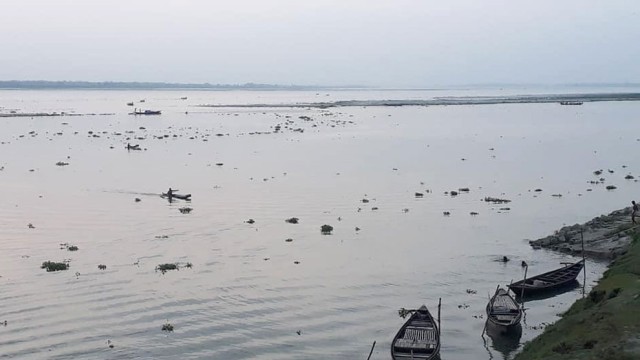
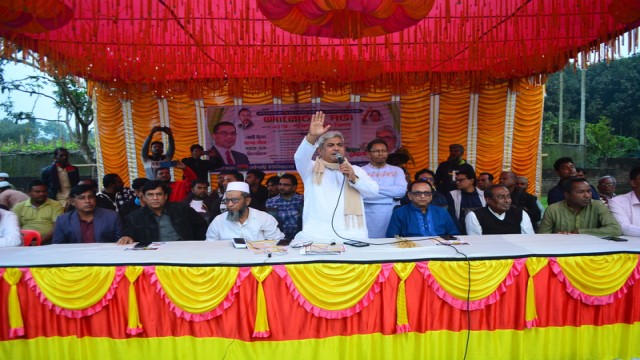
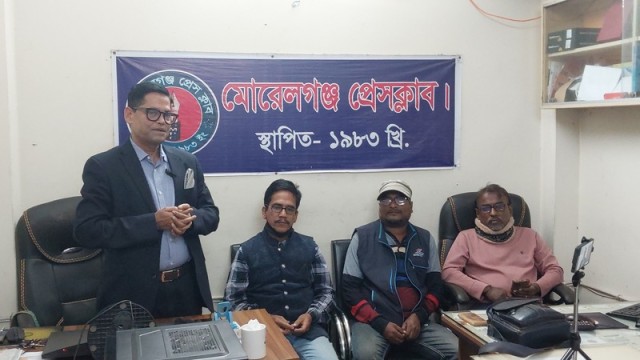
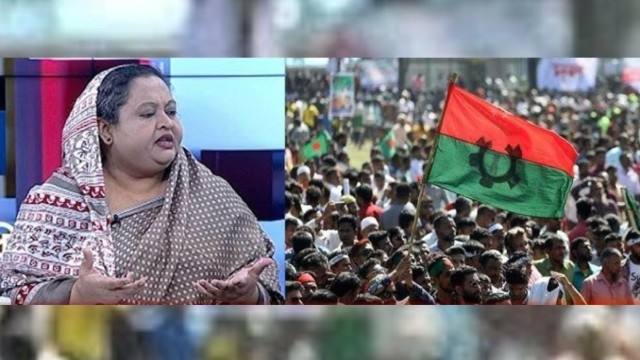

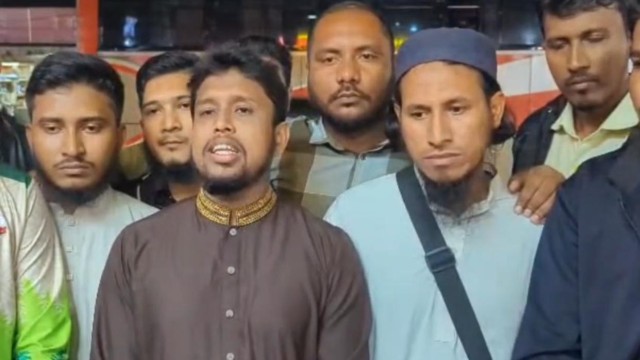

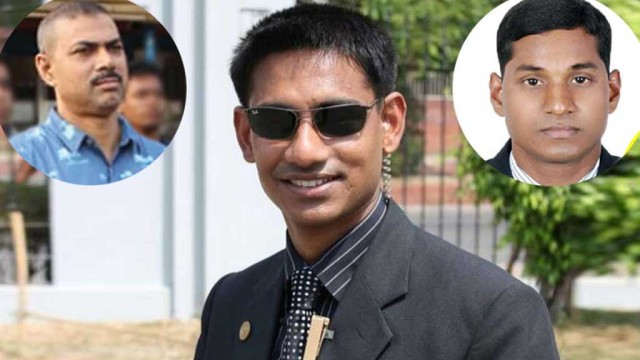
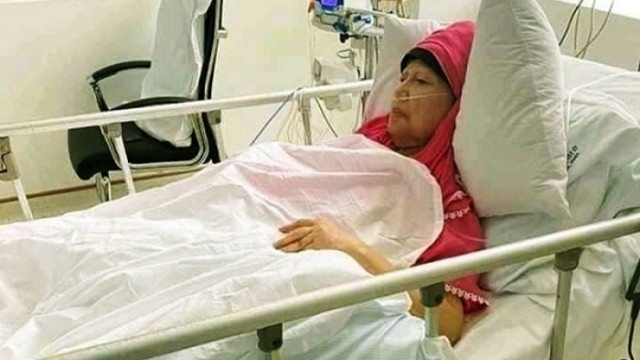
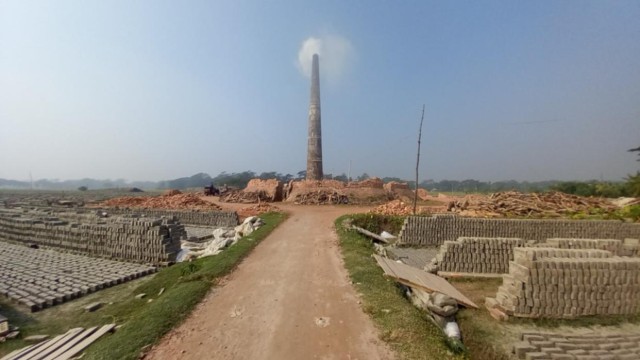
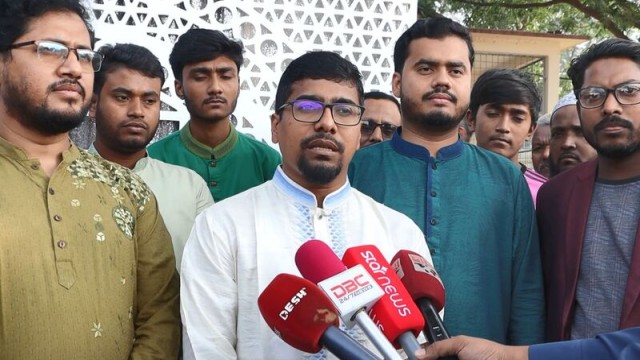
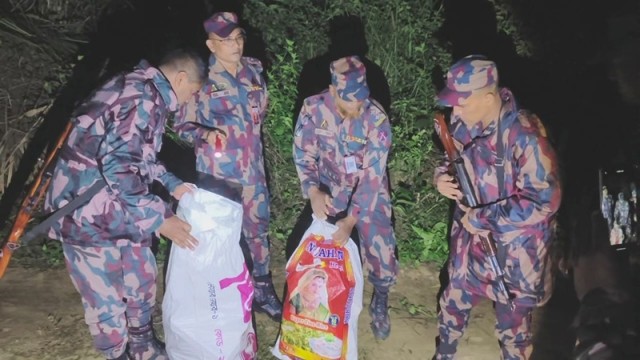
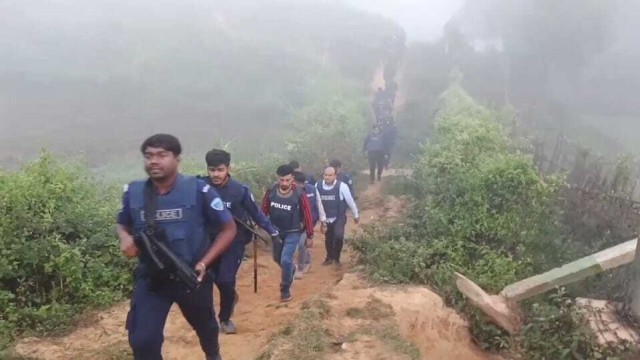
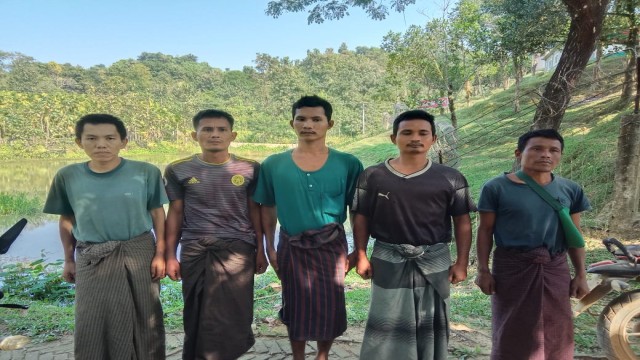

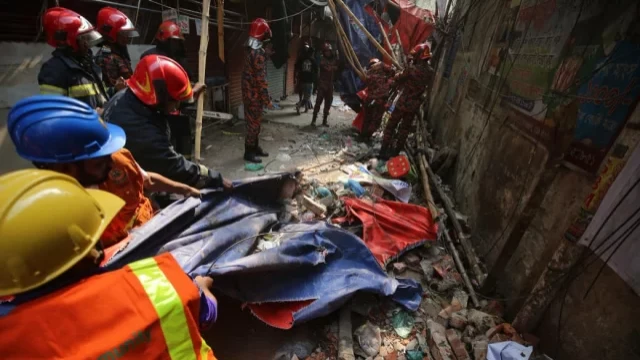
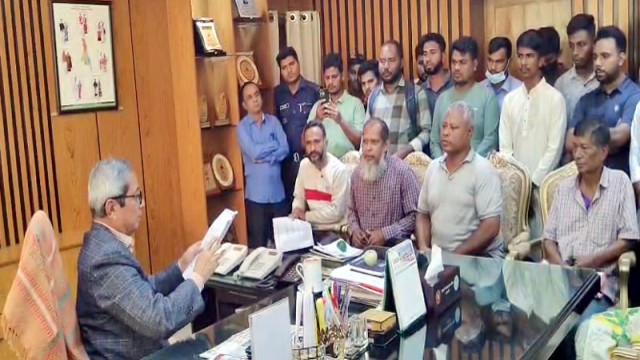
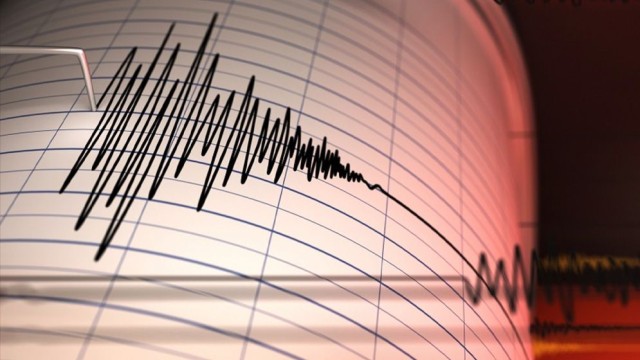
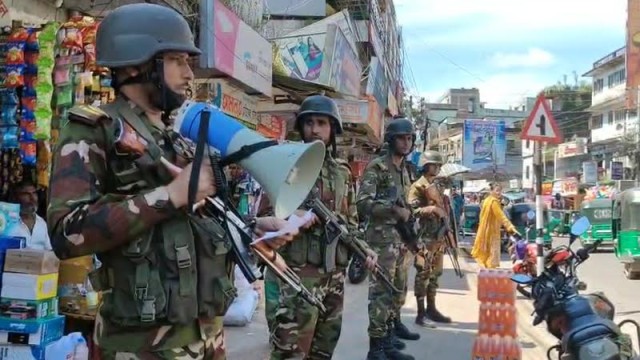
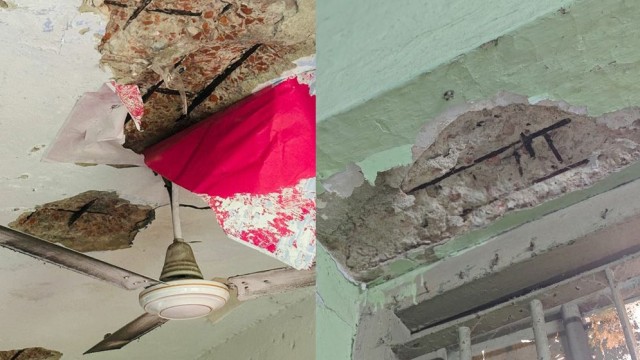

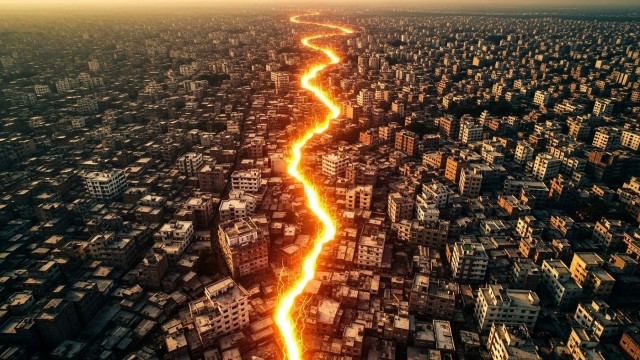

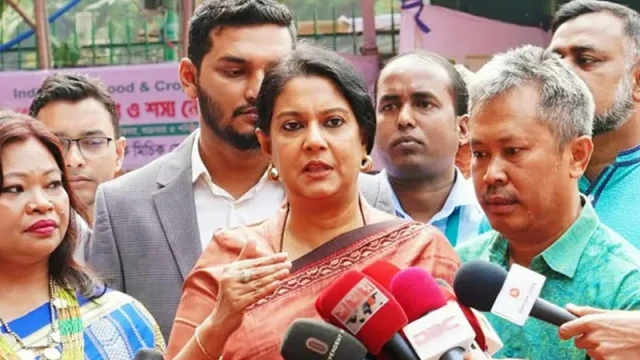
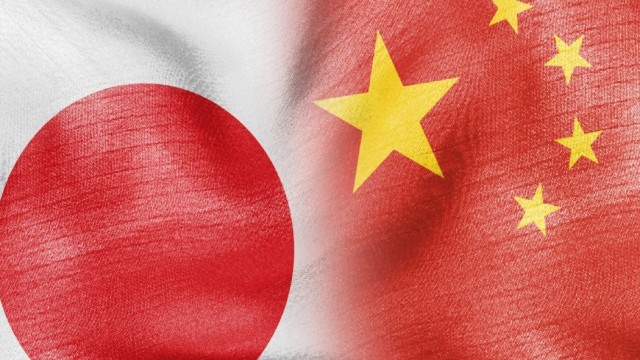
Comment: